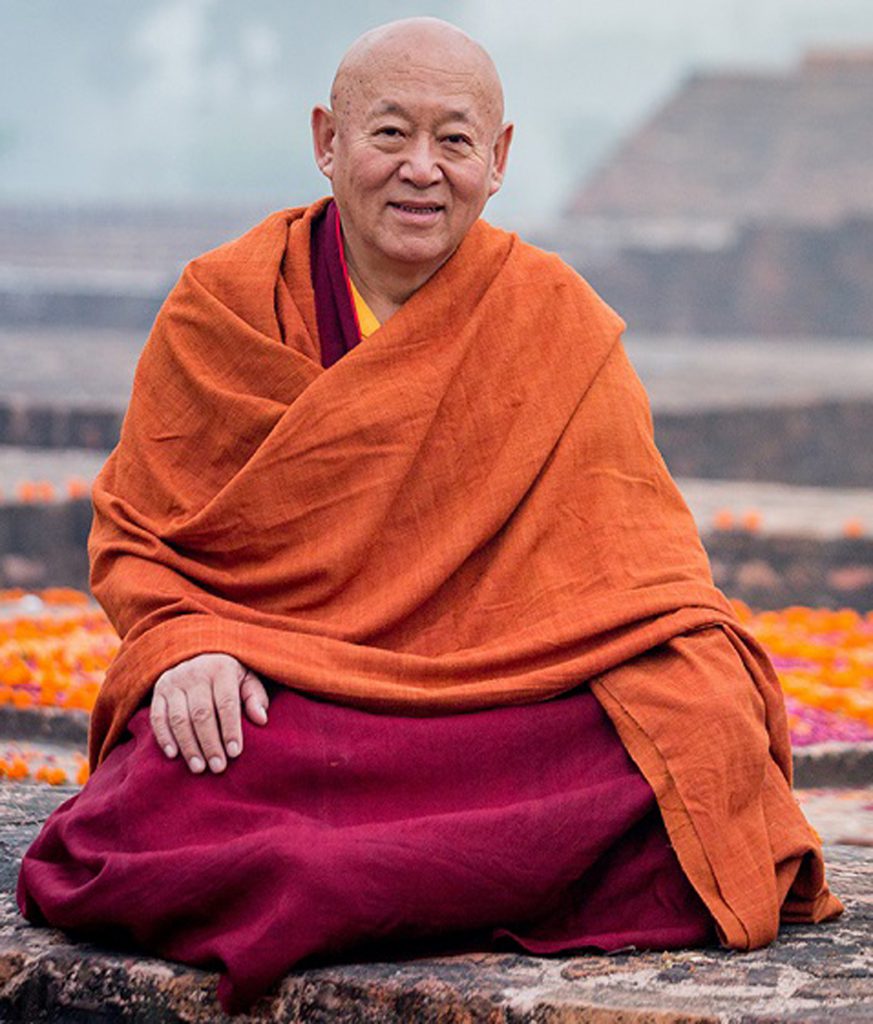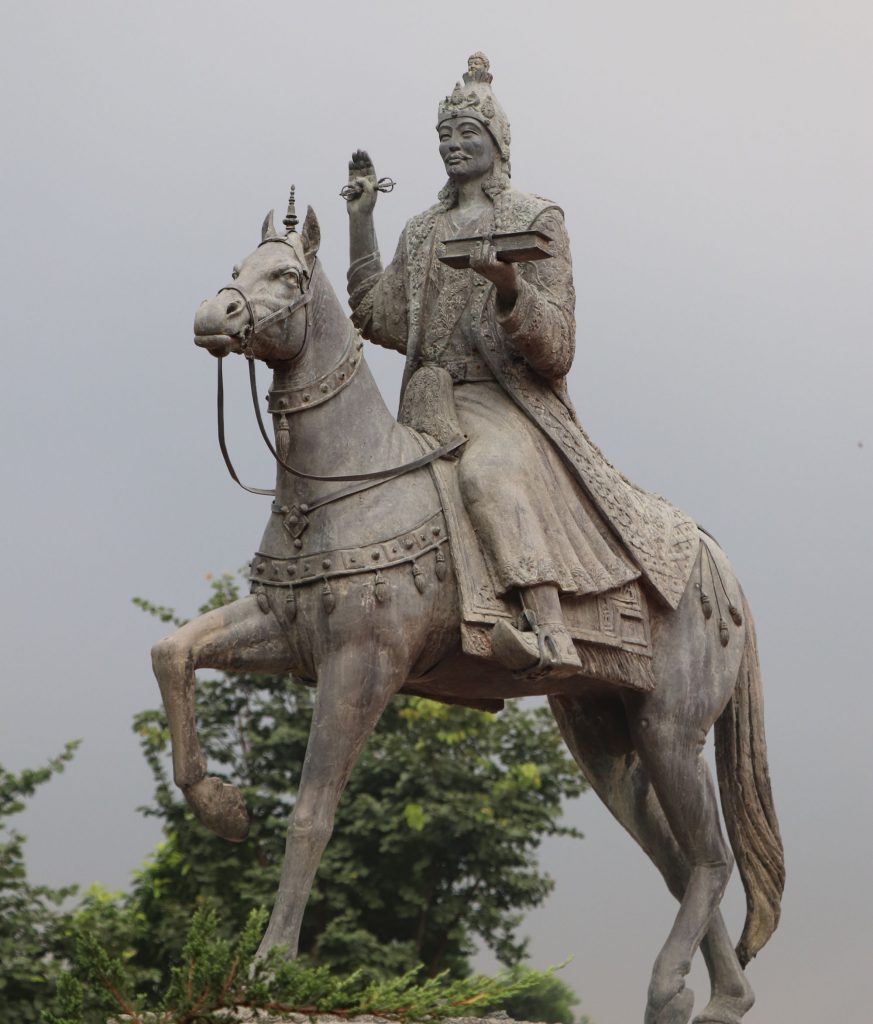
The Genesis
Songtsen Library Established By His Holiness the Drikung Kyabgon Chetsang Rinpoche – Head of the Drikung Kagyu order of Tibetan Buddhism, and was Inaugurated on March 6th 2003 by His Holiness the XIV Dalai Lama. It is officially recognized as a research and resource center by the HNB Garhwal University of Srinagar Uttarakhand, and is a branch of Drikung Kagyu Institute (DKI), yet function independently. DKI is a nonprofit organization founded in 1985. The library has named after the 33rd king of Tibet Songtsen Gampo (617 to 650 AD), who is credited with bringing the Buddhism to Tibet. The architecture was inspired by that of Yumu Lhakar , popularly known as Tibet’s first castle, and the artwork has been carefully designed to reflect a more expanded view of Central Asian art from the 6th century onward, formed by artists traveling the silk road from France to China, hence incorporating influences from Persia , China, Tibet.

His Holiness Drikung Kyabgon Chetsang Rinpoche is the thirty-seventh Drikung Kyabgon head of the Drikung Kagyu order of Tibetan Buddhism. He has worked tirelessly to renew and spread its scholarly and meditative traditions in the whole world. He is the Founder of Drikung Kagyu Institute, which is an education center, emphasizes both the traditional monastic education, as well as Modern training to meet the Current needs. In 2003, Chetsang Rinpoche established a magnificent edifice: the Songtsen Library, a center for Tibetan and Himalayan studies. A building epitomizing in content, function and form the essence of his vision as a treasury and think tank for the cultural and spiritual identity of the peoples of the Himalayan region and of the Drikung Lineage in particular.
Songtsen Gampo (617-650) was the 33rd btsan-po (leader) of Tibetan Empire, and the first Ruler of Tibetan Empire. During his period, from 629 to 650, he pacified civil strife in Tubo, expended the territory of Tibetan Empire, and made Tibetan Empire a strong country on Qinghai-Tibet Plateau. Songtsen Gampo established political, military, economical and legal systems, introduced Buddhism from Tang Dynasty and Indian, he also introduced science and technology as well as the calendar from Tang Dynasty. Songtsen Gampo is regarded as responsible for the creation of the Tibetan alphabet and therefore the establishment of Classical Tibetan, the language spoken in his region at the time, as the literary language of Tibet.

